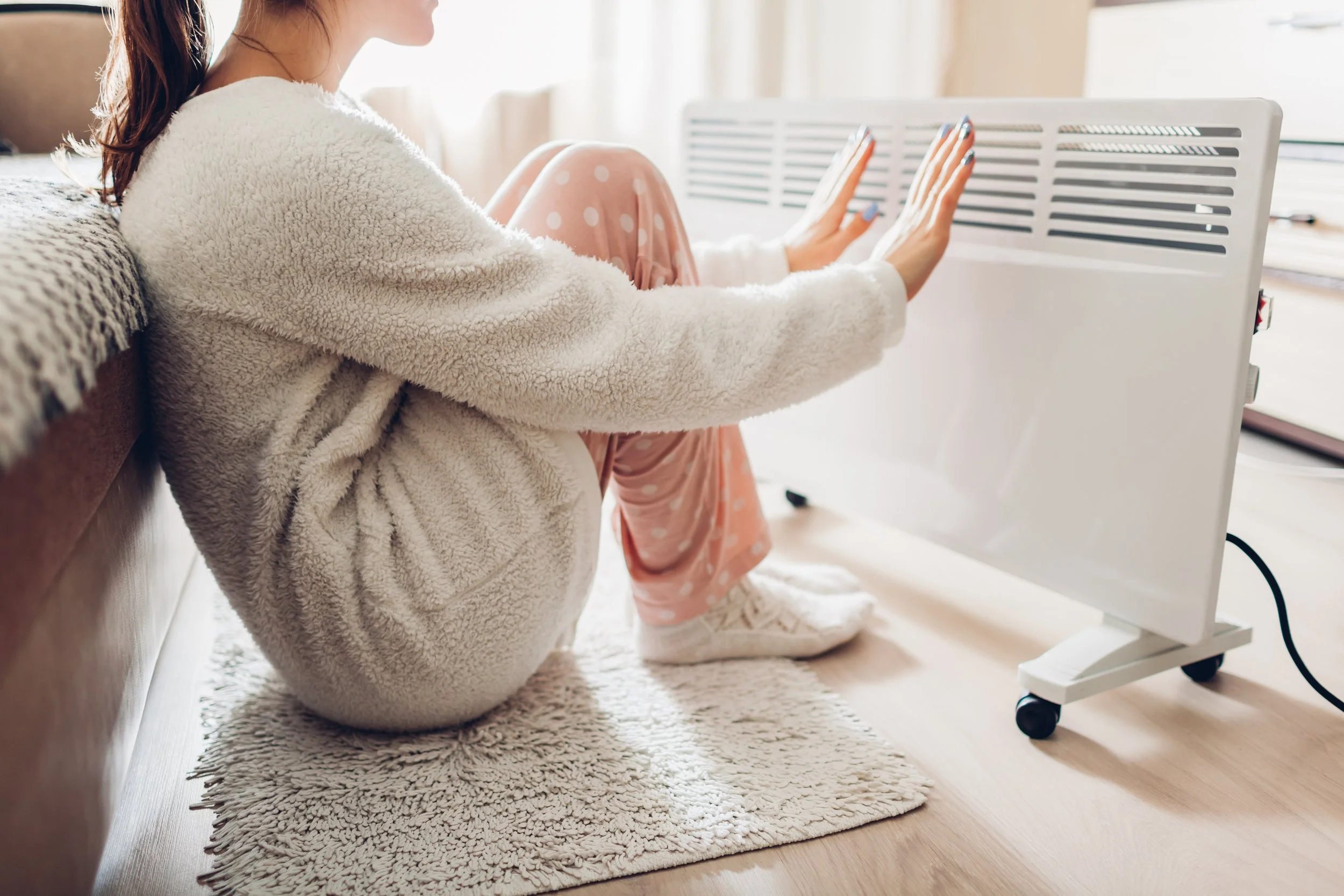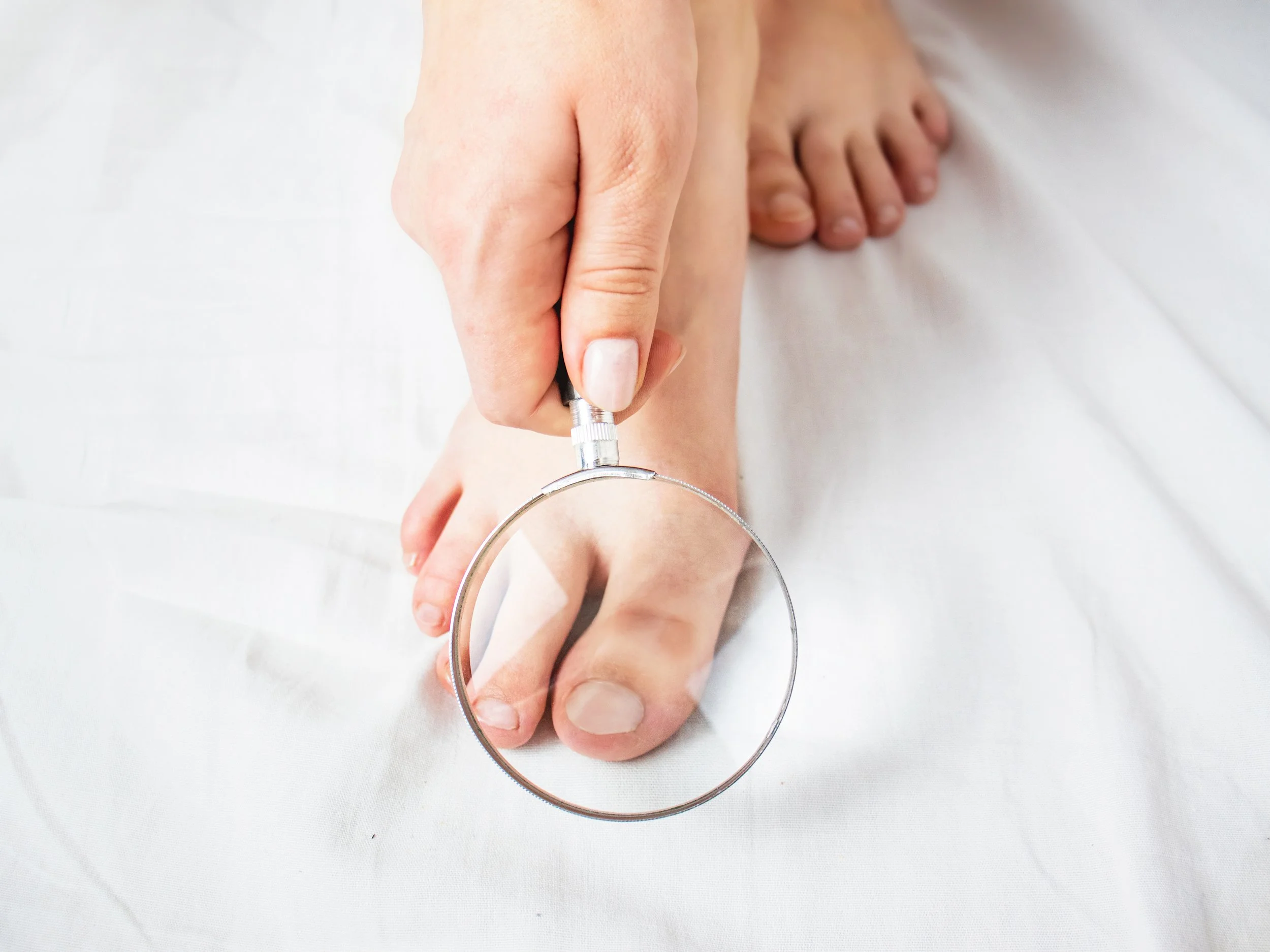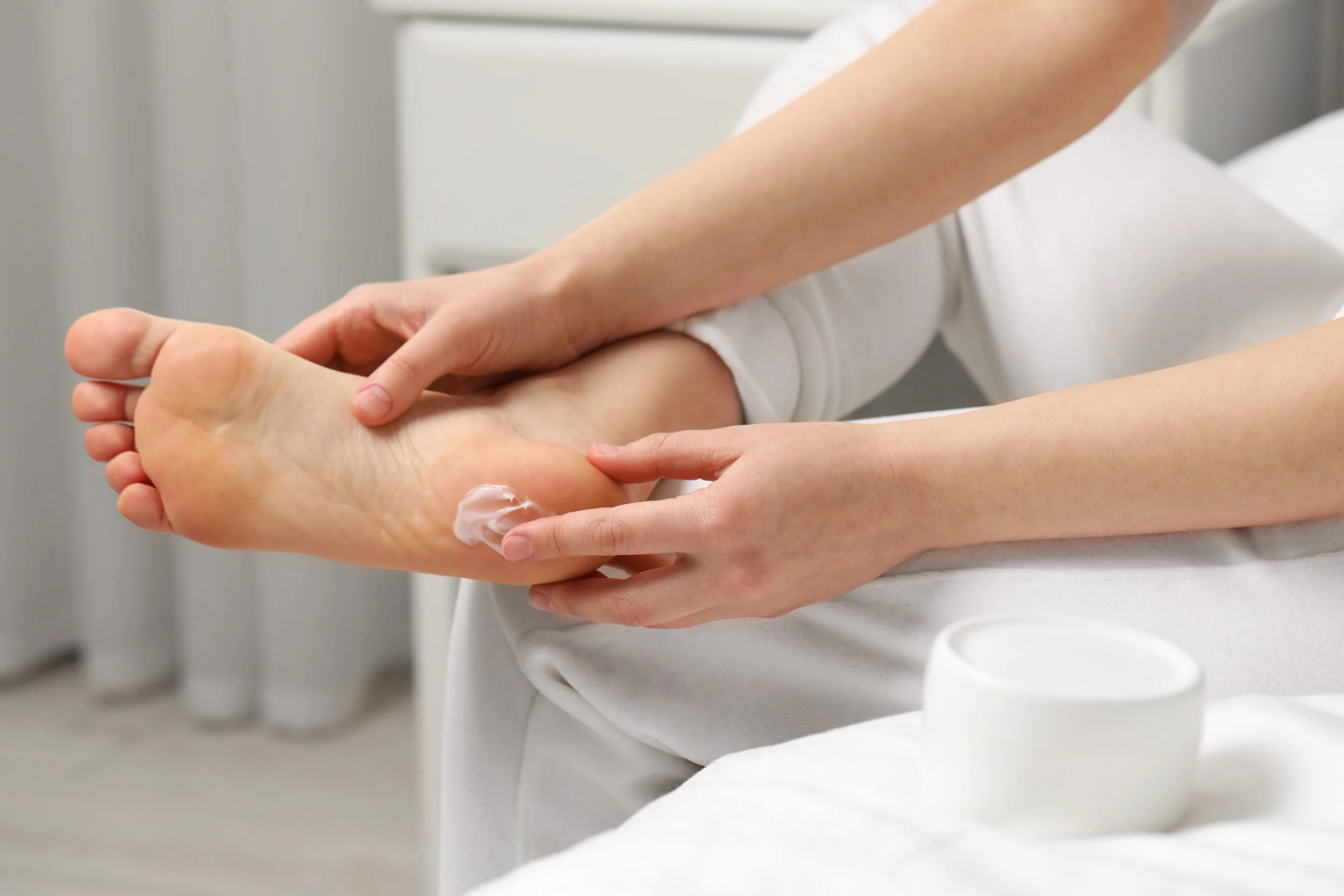I’ve always hated warts … but they grow on you!
Sorry, I've opened with a corny joke!
But on topic, warts and corns are lesions on the feet that people often mix up. Sometimes we have patients who have been self-treating their "corn" at home, only to discover when they come into our clinic that they have a plantar wart (or vice versa).
In today's blog, I will tell you everything you need to know about plantar warts, officially known as Verruca Pedis.
What is a Plantar Wart (Verruca Pedis)?
A plantar wart is a bumpy growth on the bottom of the foot caused by a Human Papilloma Virus (HPV). The virus enters the body through tiny cuts or breaks on the bottom of the feet.
Many kinds of HPVs exist, but only a few types will cause plantar warts on the feet.
Plantar warts can range in severity from a minor nuisance that resolves spontaneously to a painful lesion that affects everyday activities.
Features & Appearance
Just like fingerprints, we also have skin lines on the bottom of our feet. In the case of a wart, the skin lines go around the lesion and not through it.
Plantar warts have a cauliflower-like appearance with black pinpoints in the centre (these are small clotted blood vessels).
Hard thickened skin can develop over the lesion, especially if it's located on a weight-bearing area.
Sometimes plantar warts can grow as a cluster, known as "mosaic warts".
Plantar warts hurt more if squeezed than when direct pressure is applied.
Risk factors
Anyone can contract plantar warts, but it is most likely to affect:
Children and teenagers
People with weakened immune systems
People who have had plantar warts before
People who walk barefoot in areas such as public change rooms and swimming pools
Transmission
Not everyone exposed to HPV will develop a plantar wart, as each person's immune system responds differently to different viruses.
How your immune system reacts also depends on your general health and if you are run down or under stress.
The good news is that the virus isn't highly contagious by direct contact from one person to another (but it is possible, so please don't pick your warts!).
However, plantar wart viruses thrive and transmit easily in warm, moist places such as bathrooms and swimming pools.
“You are most likely to contract a plantar wart at swimming pools, public showers, gym/sports change rooms or in a bathroom that is shared with others.”
Prevention
To stop the spread of the virus, you should:
Avoid any direct contact with plantar warts.
If you have a wart, please don't pick at it, and always wash your hands after touching them.
Let people in your household know about your wart, so they can put steps in place to avoid transmission in common wet areas.
Use bleach in the bottom of your shower after each use to reduce the risk of spreading your wart to others.
Protect your feet by wearing thongs, sandals or other footwear around water sources - such as showers, swimming pools, or change rooms.
If self-treating at home, please don't use foot care instruments such as emery boards, pumice stones or nail clippers on your warts as it could spread the lesion to other parts of your foot.
Maintain a healthy immune system by getting enough sleep, exercising regularly, eating a balanced diet, and managing stress.
Treatment
Most plantar warts are harmless and can resolve without any treatment - although this can sometimes take years!
If you would like your wart to resolve quicker - or - if it is causing pain - or - you have a wart that has not responded to previous treatment, please talk to your podiatrist about the best options for you. Treatments include:
Salicylic Acid - the “Gold Standard” treatment for plantar warts
Salicylic Acid is a "keratolytic therapy" that softens the epidermis and slowly destroys the virus-infected skin. It is also thought to cause an immune response, boosting your body's immune system to fight the virus.
You can self-treat at home by purchasing Wart-Off Paint from the chemist that contains 20% salicylic acid. Please read the label carefully and follow the directions.
Alternatively, your podiatrist can safely debride (remove excess tissue) and apply a stronger salicylic acid (60-80%), which will significantly quicken the process.
Treatment with the podiatrist involves placing a small doughnut pad around the wart, filling it with Salicylic Acid, and then covering it with an occlusive dressing. This needs to stay completely dry until your podiatrist says you can remove it.
You will need to see your podiatrist every 1-2 weeks for further Salicylic Acid applications (usually 4-6 treatments in total).
There can be some minor discomfort in the first few days, but this treatment is much less painful than many other treatments.
Cryotherapy/Freezing
Cryotherapy treatment involves freezing the wart with liquid nitrogen. The freezing causes a blister to form around the wart.
It is recommended that a hydrocolloid dressing (such as Compeed) is used over the wart for a whole week following treatment, as often the entire wart will come away when it is removed.
As with the salicylic acid treatment, Cryotherapy may stimulate your immune system to fight the wart virus.
Cryotherapy tends to be more painful than salicylic acid treatment but has the advantage of the site not having to stay dry.
Some people will require several freezing applications to remove their wart.
Other treatment options:
Other caustic agents - such as silver nitrate or Upton's paste.
Microwave therapy - emerging evidence supports its effectiveness in the case of stubborn or persistent plantar warts.
Immune therapy - to stimulate the immune system to fight the wart virus.
Vaccine - the HPV vaccine has been used with success to treat warts (even though it is not specifically designed for the plantar wart viruses).
Surgery - this is the absolute last resort if all other treatment options fail. A scar on the sole of the foot can be a permanently painful result, so surgery is only considered in some instances.
IMPORTANT NOTE: The treatment methods described in this article are only suitable for the bottom of the foot. Please, consult your general practitioner for advice on how to treat warts on other areas of your body, such as the fingers, face, neck or genitals.







